A fan motor is an electric motor that powers an electric fan. These motors are used in a wide variety of appliances, including air conditioners, refrigerators, and window fans. Many times, when a fan motor fails, it is because the winding inside the motor has burned out. Testing a fan motor with a multimeter can help you determine if the winding has failed and needs to be replaced.
The Root Cause of Fan Motor Issues:
There are many things that can go wrong with fan motors. In this article, we'll look at why fan motor problems happen and how to avoid them in the future.
Most problems with fan motors are caused by fan blades that aren't balanced. When the blades aren't balanced right, they make a lot of noise and vibrations. This shaking can damage the motor's bearings and make the motor stop working. Make sure the blades of your fan are always balanced to avoid this problem. You can do this by using a spirit level or taking measurements with a tape measure.
Buildup of dirt and debris on the fan blades is another common reason why fan motors stop working. Over time, this trash can build up, which can throw off the balance of the blades. This can cause the same problems as blades that aren't balanced. To stop this from happening, you should clean your fan's blades often. You can do this with a brush or a soft cloth. Wiring problems are the last common cause of fan motor problems. If your fan's wiring is wrong, it could cause the motor to overheat. This can damage the motor's bearings and cause the motor to stop working. Make sure your fan's wiring is correct at all times to avoid this problem.
You should also check the wires every now and then to make sure they are not broken. If you follow these tips, you should be able to stop fan motor problems at their starting point. If you take care of your fan and keep it clean, it will last longer and you won't have to pay for repairs as often.
How to Test a Fan Motor with a Multimeter:
- Before testing the fan motor, first make sure that the power to the unit is turned off.
- To test the fan motor, you will need a multimeter.
- Set the multimeter to the ohms setting and touch the probes to the two terminals on the motor.
- If the reading on the multimeter is infinite, then this means that there is an open circuit and the motor is defective.
- If the reading on the multimeter is zero, then this means that there is a short circuit and the motor is defective.
- If the reading on the multimeter falls between these two values, then this means that the motor is functioning properly.
Testing the fan motor is a relatively simple process that can be done with a multimeter. By following the steps above, you can easily determine whether or not the fan motor is functioning properly.
Alternative Method:
- Turn off the power to the fan motor at the circuit breaker or fuse box.
- Remove the fan blade from the motor shaft.
- Use a multimeter to test the continuity of the windings in the fan motor. The resistance should be low, less than 1 ohm, indicating that the windings are not open. A high resistance indicates an open winding and a faulty motor.
- Reconnect the fan blade to the motor shaft and turn on the power to the motor at the circuit breaker or fuse box.
- Listen for any strange noises coming from the motor. If there are any unusual sounds, it is likely that the bearings in the motor are worn out and will need to be replaced.
- Check the operation of the fan by turning it on and feeling for airflow. If the fan is not operating correctly, it will need to be repaired or replaced.
5 Signs Your Alternative Current Fan Motor Is Bad:
1. The blades are not spinning
If the blades on your AC fan motor are not spinning, this is a clear indication that something is wrong with the motor. The blades are usually connected to the motor via a coupling, so if they're not moving, the coupling has likely become disconnected or broken.
2. There is a burning smell coming from the motor
If you smell something burning coming from your AC fan motor, you should turn off the unit right away and call for help. Most of the time, this means that the motor has gotten too hot and could catch fire.
3. The motor is making strange noises
If your AC fan motor starts making strange sounds like grinding, squealing, or humming, this could mean that the motor is failing. Most of the time, these sounds come from worn-out bearings or other damage inside the motor.
4. The motor is overheating
If the motor of your fan is getting too hot, you should turn it off right away and call a professional for help. Most of the time, this means that the motor is failing and could catch fire.
5. There is no power going to the motor
If you've checked all the obvious things, like making sure the unit is plugged in, and the fan motor still won't work, the motor may be broken and needs to be replaced.
How does a multimeter tell you if a motor is bad?
Testing a motor with a multimeter is a pretty easy thing to do. Set the multimeter to the right setting first. Most motors will work best with the ohms setting. After setting up the multimeter, you'll need to touch the probes to the correct terminals on the motor. Most motors have two terminals, and you'll need to touch one probe to each terminal. If the multimeter shows "infinity," the motor is broken and needs to be replaced. If the number doesn't go to infinity, it means the motor is still good and doesn't need to be replaced.
What causes the failure of a fan motor?
There are many things that can go wrong with a fan motor, but the most common ones are electrical problems, mechanical wear and tear, and getting too hot.
Electrical problems can cause the motor to overheat and burn out, or they can just keep the motor from turning on. Wear and tear can damage the motor's bearings and other parts, making it hard for the motor to turn. Lastly, if the motor gets too hot, it can damage the insulation on the wires, which can lead to a short circuit that can stop the motor. If you think your fan motor has broken down, you should have a professional check it out as soon as possible.
Depending on what went wrong, they might be able to fix or replace the motor, or they might suggest getting a new fan. In any case, you should make sure your fan is in good shape to avoid problems in the future. With regular maintenance and checks, problems can be found before they cause a lot of damage. And if your fan gives you trouble, don't be hesitant to contact a professional for help.
Conclusion:
Now that you know how to use a multimeter to test a fan motor, you can quickly and easily figure out what might be wrong with your fan and fix it. By doing these simple things, you can make sure your fan works well and avoid having to pay for repairs or a new one.







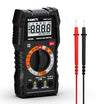
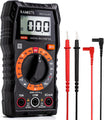
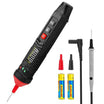
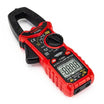

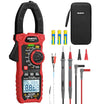


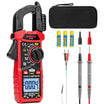











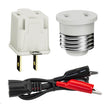
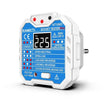

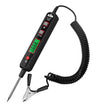







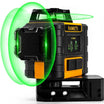











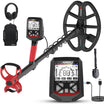








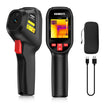



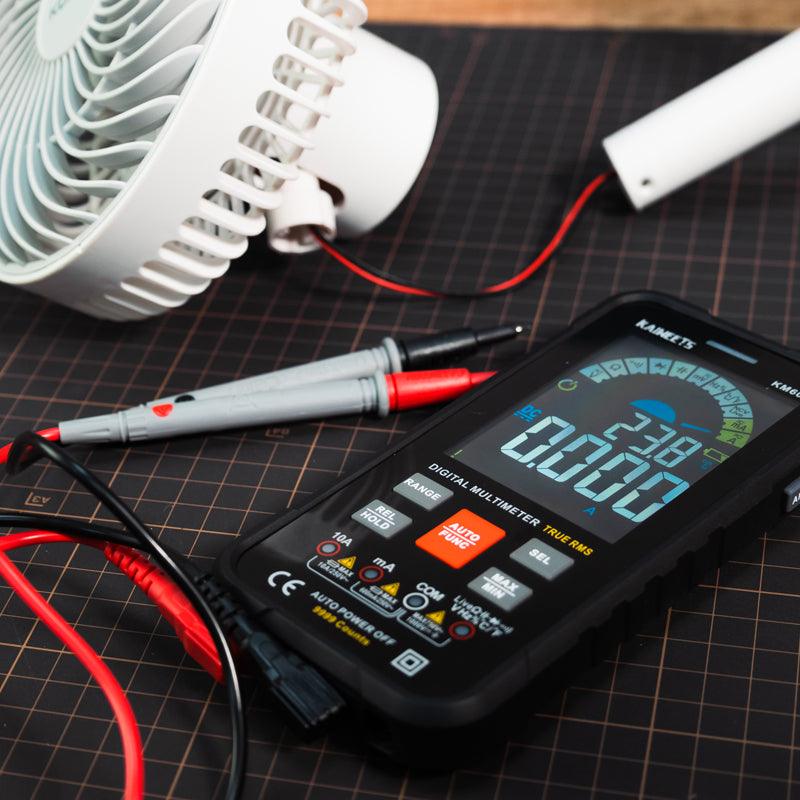

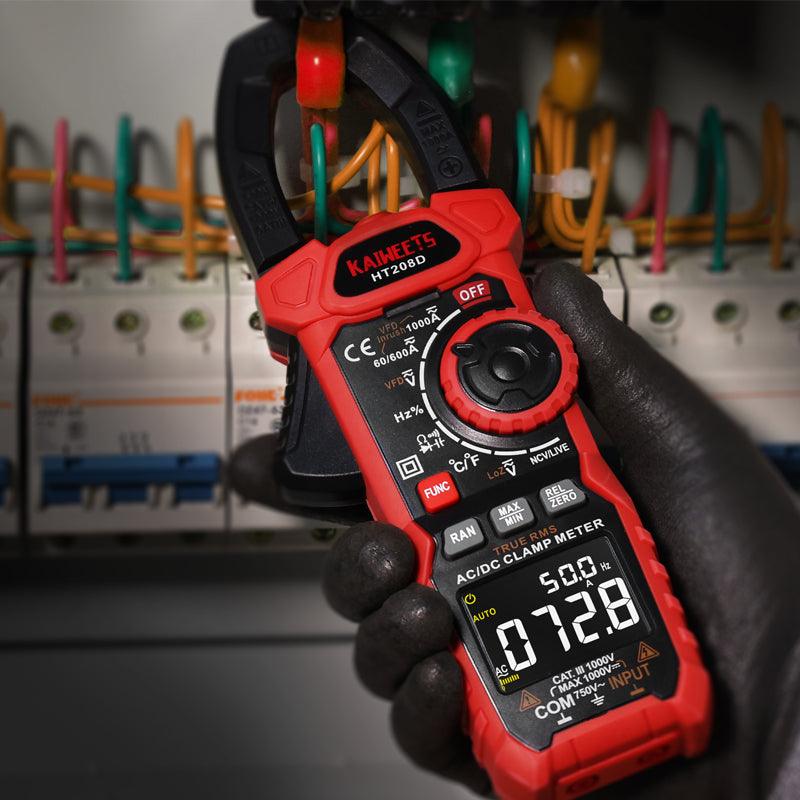
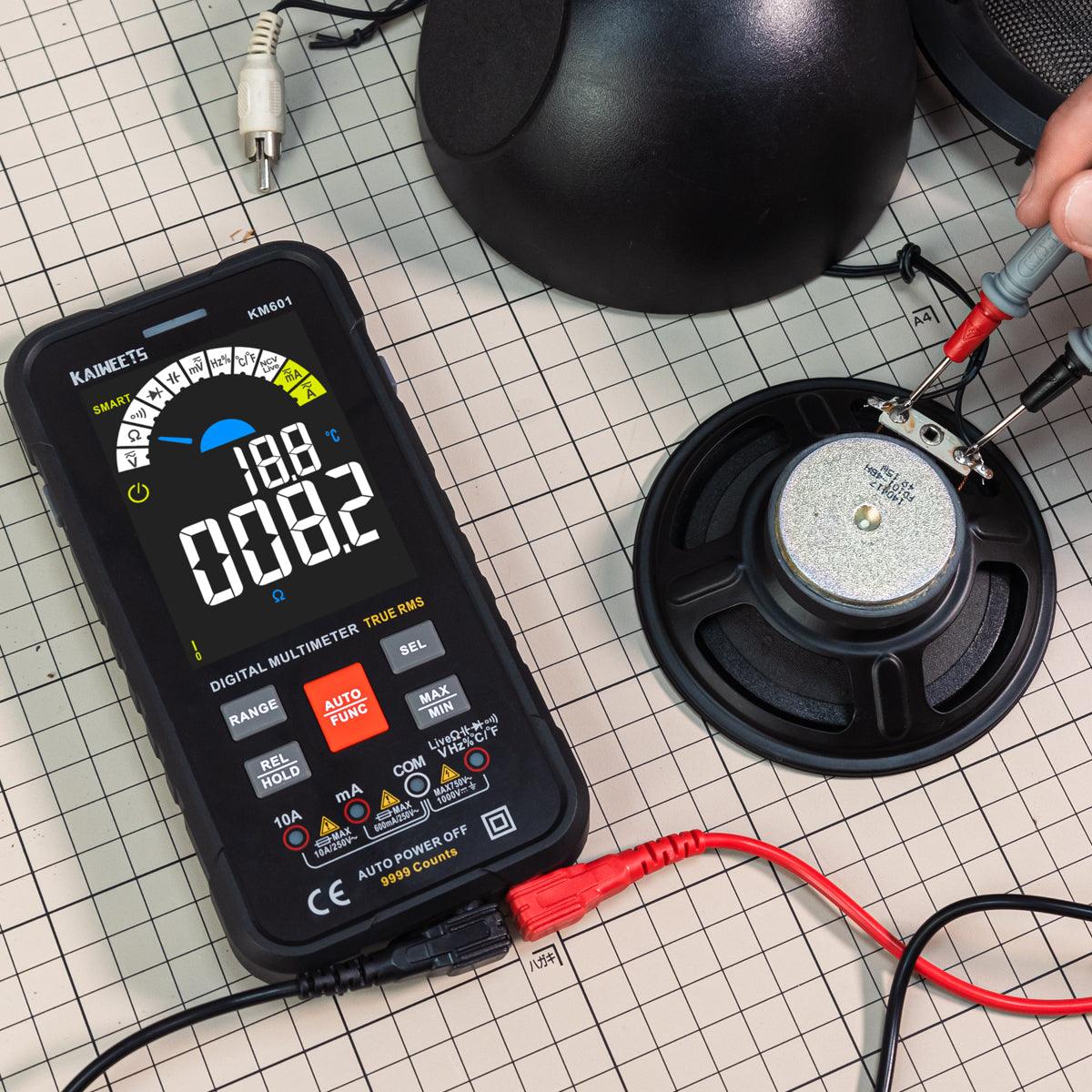
Dejar un comentario
Todos los comentarios se revisan antes de su publicación.
Este sitio está protegido por hCaptcha y se aplican la Política de privacidad de hCaptcha y los Términos del servicio.